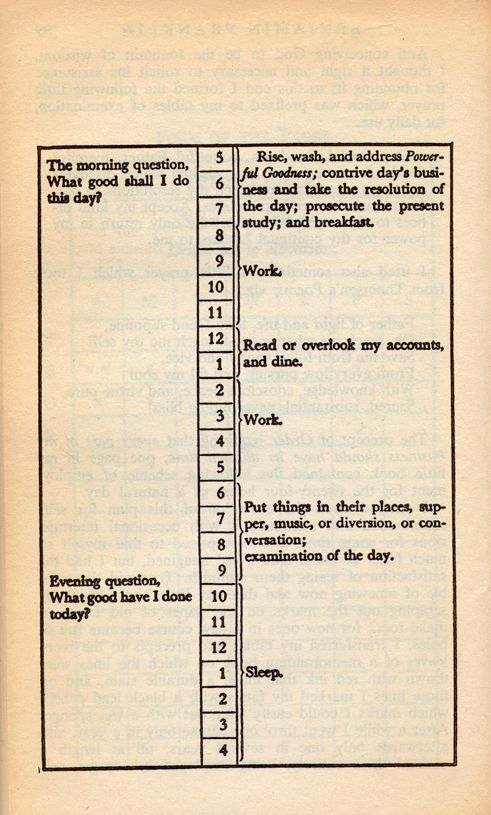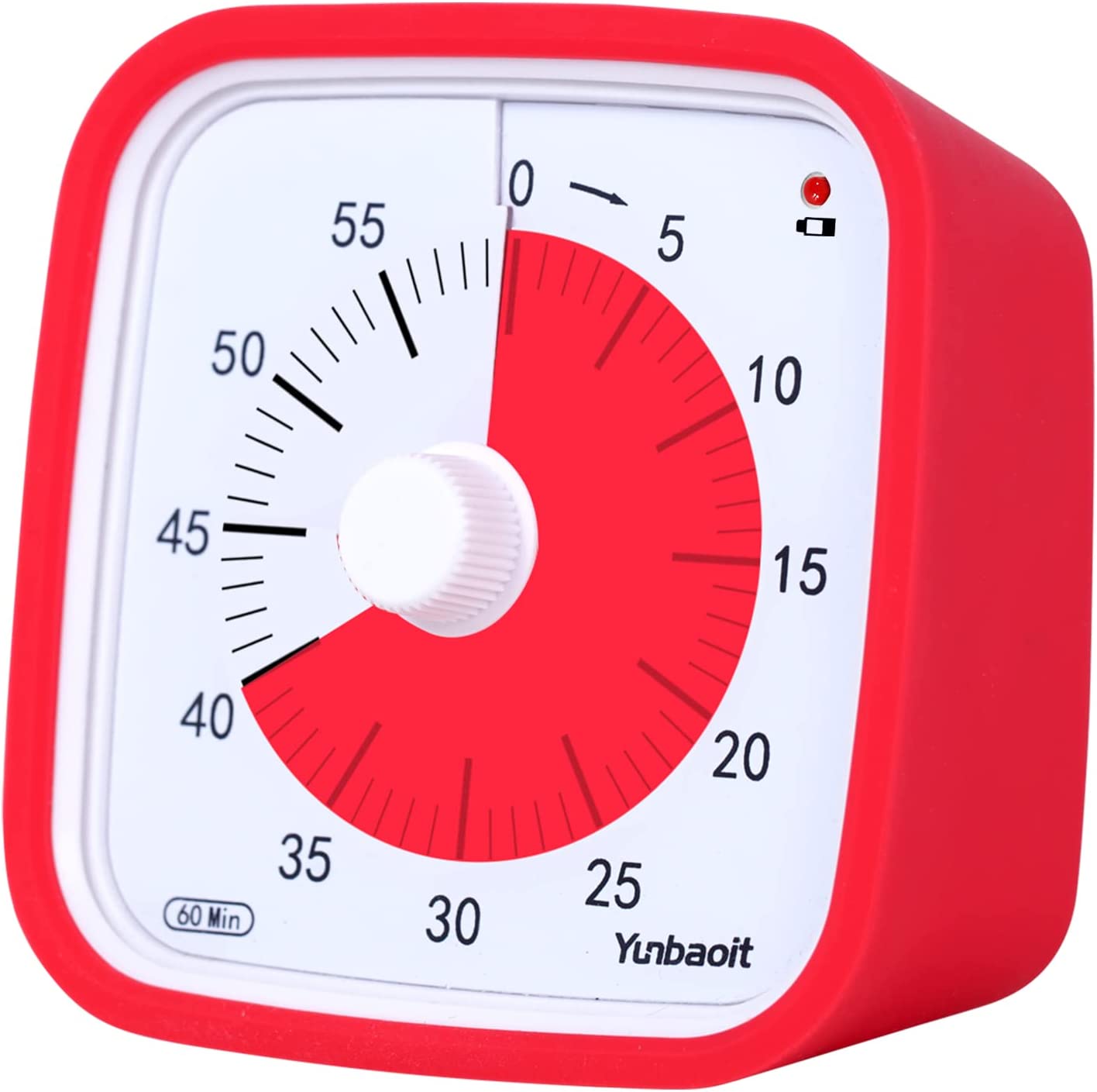Don't be a slave to your schedule: Try ad hoc timers for a more flexible and productive workday
Looking to boost productivity and work more dynamically? Consider using ad hoc timers for a more flexible and effective workday. Learn about the benefits of this time management technique and follow my step-by-step guide to get started.

Introduction
Time blocking is a popular time management method that involves dividing your workday into scheduled blocks of time for different tasks. While time blocking can be effective, it doesn't always reflect the dynamic nature of our daily lives.
Sometimes we need more flexibility in our schedules to accommodate unexpected tasks, interruptions, or changes in our priorities.

That's where ad hoc timers come in. Ad hoc timers are a more flexible approach to time management that allows you to set specific time limits for each task or activity as needed. With ad hoc timers, you can work more dynamically and adapt to changes in your schedule without feeling overwhelmed.
But let's start first with understanding the problem with regular time blocking.

The Motivation of Time Blocking
The reason to time block your day is typical:
- You don't want to waste time in the day considering what to do next. The desire is to have a pre-build plan that just needs to be worked through.
- You have multiple priorities that have to find their place in the day. To ensure that nothing gets forgotten in the dynamics of the day, you divide it like a cake into fairly divided pieces of your attention that you want to spend on your different priorities.
The idea is to batch-process the planning process of your day, get clarity about upcoming tasks and get the most out of the day without forgetting anything. You can do time blocking in various granularities.
- Hourly basis: As you see in the example of Benjamin Franklin above, his day was only roughly planned by the hours. (Note: When I look at the plan, the time management seems to have been more self-determined and relaxed back then compared to today's typical busy schedules)
- Half-hour basis: The daily routine of many corporate workers is to have meetings every half hour. It's the default length in many calendar apps, and most managers have back-to-back 30-minute conferences from 9-5.
- Minute basis: An extreme example is Elon Musk, who is said to plan his day in 5-minute slices.
It's a good idea to plan your activities ahead of time. This setup is ideal if you work alone and don't have many daily commitments.
The planning process can add significant value, even if the plan is not executed precisely as written. Starting a week with a long to-do list can be overwhelming and cause anxiety about whether everything will be completed on time. However, time blocking can help alleviate these concerns.
This allows for greater clarity and enables you to make informed decisions about your priorities, ultimately increasing productivity and reducing stress.

The Problem with Time Blocking
Time blocking is a typical instance of how human nature and logical reasoning conflict. According to logical reasoning, we have control over our time, and planning means making decisions.
In reality, however, two facts make any plan obsolete from the outset:
- As emotional beings, there may be times when we lack the motivation or energy to complete a particular task, even when it is scheduled. If we adhere too strictly to our plan, we can disrupt the natural intuitive flow of working through the job.
- The world is highly dynamic, with many factors and variables that cannot always be foreseen in advance. While some external influences can be considered distractions and actively avoided, others are legitimate and urgent concerns that require immediate attention. It's important to distinguish between the two and prioritize accordingly, as ignoring legitimate concerns can lead to more significant problems down the line.
Ultimately, adaptability and flexibility are crucial in navigating the constantly changing landscape of our lives.
Once a time-blocking plan is set up, it is often rendered obsolete from the very start. When this occurs, you are faced with three choices:
- You cling rigidly and relentlessly to the plan, overruling your feelings and external influences. This will get the job done, but it will rob you of the flexibility to work on the essential tasks at any given time in the long term.
- You accept the change needed but want a plan that is valid at all times. This means that the plan is updated with every change. The result? You spend the whole day adjusting your plan instead doing the actual work.
- You let go of the plan and let yourself be driven by your flow and the dynamics of the day. By doing this, you forfeit the deliberate steering of your efforts and could have avoided the time commitment of creating a plan.
I typically fall into trap 3, but at least I still have the advantage of knowing at the beginning of the week that I have all the tasks under control and have put them into a plan.
Due to the above reasons, time blocking is often not feasible in many jobs. For example, if you work in service management and need to respond to tickets at any time, time blocking may not be suitable. Similarly, in dynamic projects where you must respond to the latest developments, time blocking can make you unhappy as your plans are constantly disrupted.
More Flexible Alternatives: Ad Hoc Timers and Time Limit Thinking
I have found a compromise that combines two desires of mine:
- I want to ensure that I invest neither too much nor too little time in a task so that my overall plan for the week and day is successful.
- I want the flexibility to decide at the moment what is best to work on.
The solution is an ad-hoc timer.

Visual Timer
60-Minute Countdown Timer for Children and Adults with Low Battery Alarm, Quiet Time Management Tool with Optional Alarm.
It's like an automatic trigger and process that I have integrated into my habits. When I decide to work on a specific task at a given moment, I give it a reasonable time window, usually starting with just 30 minutes for the first step and rarely more than 90 minutes. Then, I twist my timer on and commit to working on the task without distractions until the timer goes off.
Once the timer is done, for example, after 30 minutes, I can decide, based on my current situation and mood, whether to continue working on the same task, respond to a distraction, or switch to a different task.
This way, I have the best of both worlds: flexibility and intention!
Benefits of Using Ad Hoc Timers for Productivity and Time Management"
Ad hoc timers are a valuable tool for improving productivity and time management. Here are 5 benefits of using this technique to manage your workday effectively:
- Greater flexibility: Ad hoc timers allow for more flexibility in your schedule. You can adjust your time limits as needed and respond to unexpected tasks or interruptions without feeling overwhelmed.
- Increased productivity: By setting specific time limits for each task and working without distractions, you can improve your productivity and accomplish more throughout the day.
- Improved time management: Ad hoc timers help you manage your time more effectively by providing a structured framework for completing tasks and prioritizing your work.
- Reduced stress and anxiety: By breaking down your work into manageable time blocks and focusing on one task at a time, you can reduce stress and anxiety associated with feeling overwhelmed or overworked.
- Better work-life balance: Ad hoc timers help you maintain a healthy work-life balance by allowing you to work more efficiently and free up time for leisure activities or personal pursuits. (Note: why not ad-hoc time leisure activities as well?)
Overall, using ad hoc timers can help you work more dynamically, adapt to changes in your schedule, and achieve greater balance and productivity in your daily life.

A step-by-step guide to using ad hoc timers
By integrating ad hoc timers into your daily habits, you can work more dynamically and adapt to changes in your schedule without feeling overwhelmed.
Here's a step-by-step guide to using ad hoc timers:
- Compile a list of your tasks: Start by creating a list of all the tasks you need to complete, prioritizing them as A, B, or C based on their urgency and importance.
- Estimate time limits for each task: For each task, estimate a reasonable time limit based on its complexity and the amount of work involved. Start with a time limit of 30 minutes for the first step of each task and adjust the time limit as needed for subsequent actions.
- Set up an ad hoc timer: Once you're ready to start working on a task, set an ad hoc timer for the estimated time limit. Use a timer app on your phone or computer or a physical timer to keep track of the time.
- Work on the task without distractions: Once you start the timer, commit to working on the task without any distractions. Avoid checking your phone, email, or social media during this time. Please put it offline and also close Outlook and Teams/Slack.
- Evaluate your progress: Once the timer goes off, evaluate your progress and decide whether to continue working on the same task or switch to a different job based on its urgency and importance.
- Adjust the time limits: If you find the time limit you set too short or too long, adjust it for the next time you work on the same or similar tasks.
- Repeat the process: Repeat this for each task on your list, using ad hoc timers to stay focused and productive throughout the day.
Following these steps, you can use ad hoc timers to improve your time management skills and increase productivity.

Conclusion
While time blocking is a popular time management method, it doesn't always reflect the dynamic nature of our daily lives. Ad hoc timers offer a more flexible approach to time management, allowing you to set specific time limits for each task or activity as needed.
By using ad hoc timers, you can work more dynamically, adapt to changes in your schedule, and achieve greater balance and productivity in your daily life. The step-by-step guide outlined in this article can help you integrate ad hoc timers into your daily habits and improve your time management skills.
So, don't be a slave to your schedule. Try using ad hoc timers for a more flexible and productive workday!
Feel free to add tips and thoughts to this page's comment section, Twitter or LinkedIn!
Best regards,
-- Martin from Deliberate-Diligence.com

Discussion